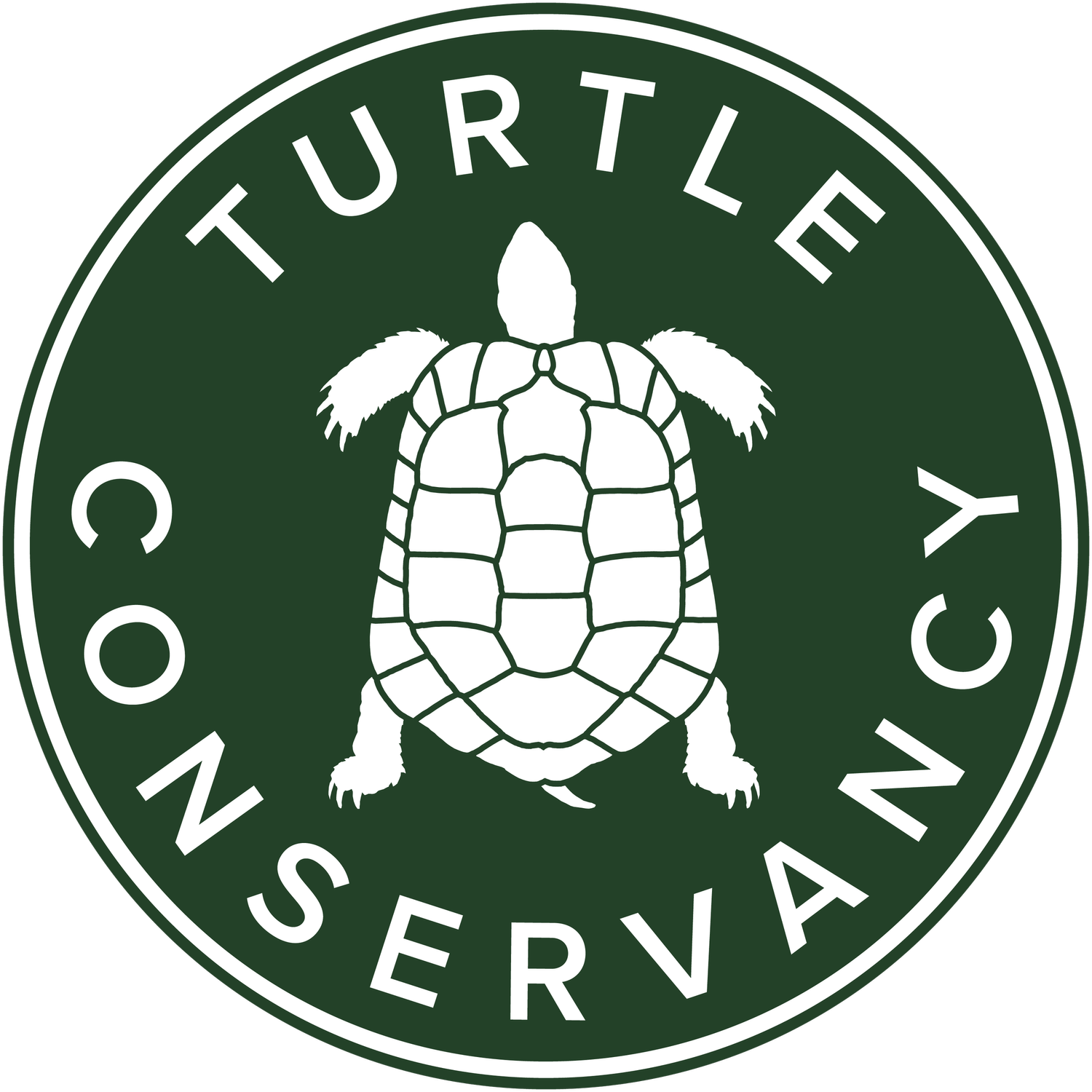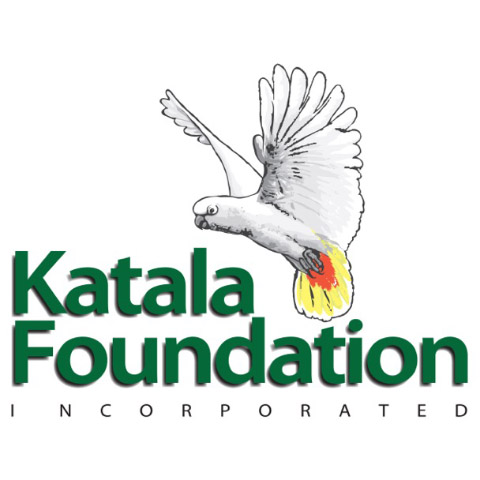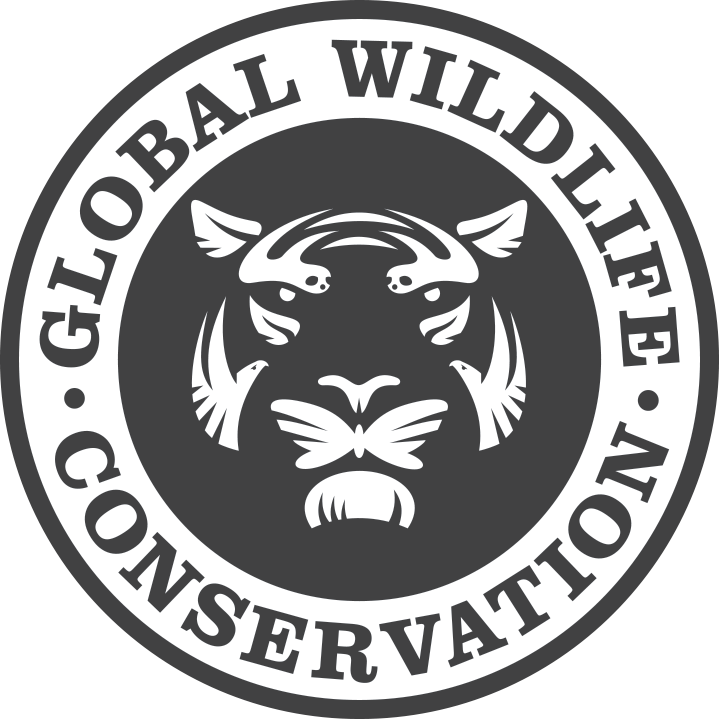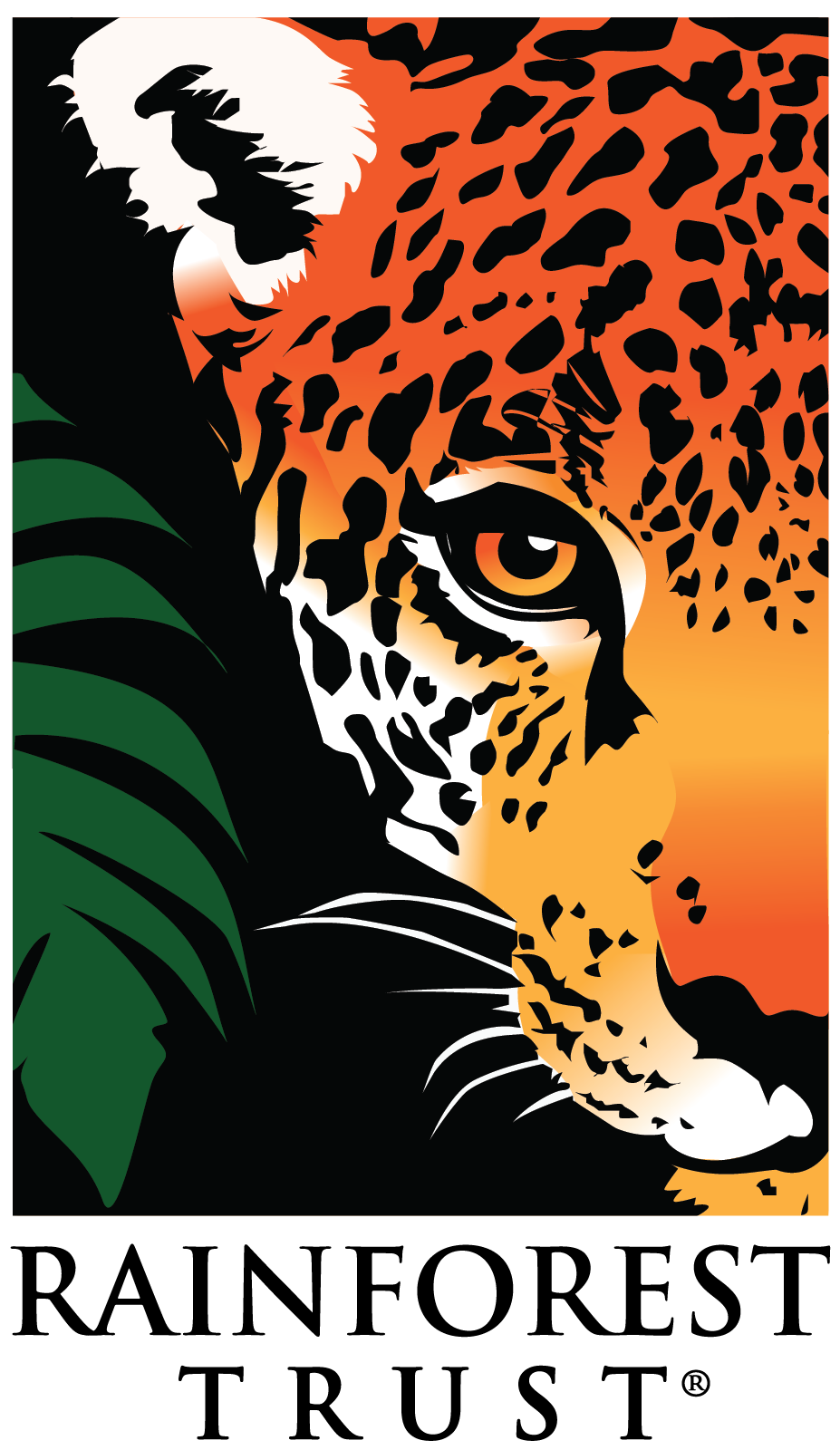1,890 acres was secured for the protection of the Critically Endangered Palawan Forest Turtle in the Philippines. This effort is being led by the Katala Foundation, Inc. (KFI), with support from the Turtle Conservancy, Rainforest Trust, and Global Wildlife Conservation. The local government of Mendoza with help from the municipal government of Roxas, Palawan, designated this acreage as a Protected Watershed, in effect creating a wildlife protection area which will directly benefit the this turtle. An additional 23 acres of land was purchased outright from local farmers to prevent further agricultural development and restore its original riverside rainforest habitat.
The Palawan Forest Turtle, rediscovered in 2004, is among the 25 most endangered turtle species in the world. An enigmatic freshwater species endemic to the island of Palawan in the Philippines, this turtle was subject to more misconceptions than almost any other turtle. For over 80 years, its true geographic distribution in the Philippines remained a mystery – until a chance discovery of one specimen in a Palawan market in the late 1980s, and finally the rediscovery of wild populations in 2004. Unfortunately, this rediscovery spurred a collecting frenzy to supply illegal wildlife trade for pets and food, culminating in the 2015 confiscation of 4,124 turtles in a single warehouse. The 3,907 Palawan Forest Turtles among them represented a large proportion of the estimated total adult population of the species. While the species is legally protected under Philippine law, a lack of habitat reserves and parks protecting the species has facilitated the illegal trapping of the Palawan Forest Turtle for the blackmarket pet trade, traditional medicine and food.
“The formal establishment of protected areas covering several different sites where remnant populations of Palawan Forest Turtles survive is a major step forward for this species. The active support from the local community to protect their native forest, and the wildlife inhabiting it, is very important and bodes very well for the future!”
The Palawan Forest Turtle depends on very specific habitat: streams in lowland peat swamp forest. The species’ narrow elevational range and specific habitat requirements mean that it is extremely range-restricted. In addition, almost all lowland swamp forest has been logged and converted into rice paddy fields; little peat swamp forest remains intact in Palawan, so all suitable habitat remaining is vital for the long-term survival of the species.
By preventing the conversion of this vital habitat to rice paddy fields and monitoring it to prevent the illegal collection of the species, this reserve will be a critical part of protecting the Palawan Forest Turtle. This conservation site is also habitat for Endangered Palawan Pangolins and will provide a vital refuge for the species, as pangolins are currently the most trafficked mammal in the world. Moreover, peat swamp forests are one of the largest terrestrial carbon sinks, an important component to combating climate change.
Our work is not yet complete. We are still raising funds to help secure the area from poachers, through fencing and guards, as well as for reforestation work. If you would like to support this project, please click on the button below.





